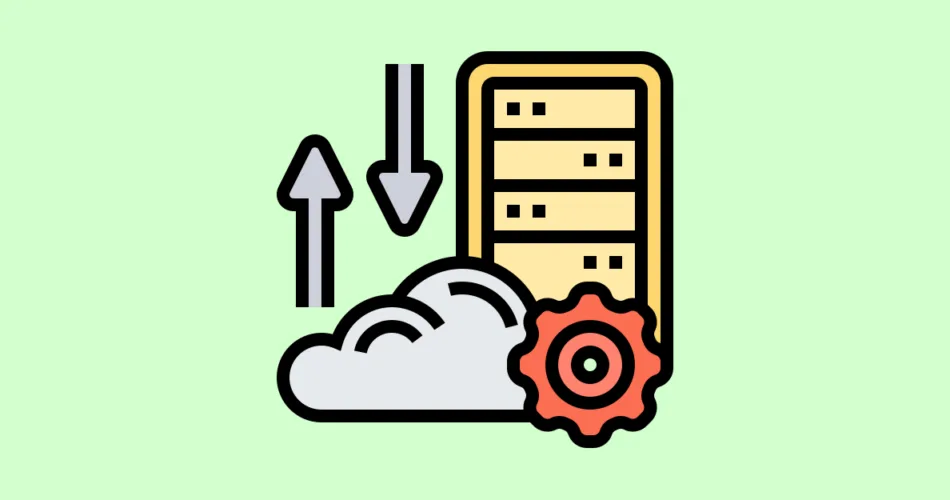In today’s interconnected digital world, the exchange of data and information is at the heart of modern software development. Application Programming Interfaces (APIs) and Web Services are fundamental technologies that enable this data exchange. In this article, we’ll provide an overview of APIs and Web Services, dive into the concept of Representational State Transfer (REST), and explore the many benefits and advantages of RESTful APIs.
Overview of APIs and Web Services
APIs and Web Services act as intermediaries that allow different software applications to communicate with each other. They define the rules and protocols for requesting and exchanging data. Here’s a brief distinction between the two:
- APIs (Application Programming Interfaces): APIs are sets of rules and protocols that allow one software application to interact with another. They expose specific functionalities or data to developers, often as a library or SDK (Software Development Kit).
- Web Services: Web Services are a type of API that uses web protocols, such as HTTP, for communication. They are designed to be accessible over the internet and enable interoperability between different platforms and technologies.
Understanding Representational State Transfer (REST)
Representational State Transfer (REST) is an architectural style for designing networked applications. It was introduced by Roy Fielding in his doctoral dissertation and has become the foundation for building web-scale systems. REST principles include:
- Stateless Communication: Each request from a client to a server must contain all the information needed to understand and process the request. The server doesn’t store any client context between requests, making it scalable and reliable.
- Resource-Based: Resources, such as data objects or services, are identified by URIs (Uniform Resource Identifiers). Clients interact with these resources using a limited set of well-defined methods, such as GET (retrieve), POST (create), PUT (update), and DELETE (remove).
- Representation: Resources can have multiple representations, such as JSON or XML. Clients can choose the representation that best suits their needs, enhancing flexibility.
- Stateless Communication: Each request from a client to a server must contain all the information needed to understand and process the request. The server doesn’t store any client context between requests, making it scalable and reliable.
- Stateless Communication: Each request from a client to a server must contain all the information needed to understand and process the request. The server doesn’t store any client context between requests, making it scalable and reliable.
Benefits and Advantages of RESTful APIs
RESTful APIs offer numerous benefits that have contributed to their widespread adoption:
- Simplicity: RESTful APIs are simple to understand and use, thanks to their resource-based architecture and use of standard HTTP methods.
- Scalability: Stateless communication makes it easy to scale RESTful services horizontally to handle increased traffic.
- Flexibility: Clients can choose their preferred representation format, and servers can support multiple formats, including JSON and XML.
- Interoperability: Various platforms and programming languages can access RESTful APIs, promoting interoperability.
// Example: Retrieving data from a RESTful API using Java
import java.net.HttpURLConnection;
import java.net.URL;
import java.io.BufferedReader;
import java.io.InputStreamReader;
public class RestClient {
public static void main(String[] args) {
try {
// Define the API endpoint
String url = "https://api.example.com/users/1";
// Create a URL object
URL apiUrl = new URL(url);
// Open a connection to the API
HttpURLConnection connection = (HttpURLConnection) apiUrl.openConnection();
// Set the request method to GET
connection.setRequestMethod("GET");
// Read the API response
BufferedReader reader = new BufferedReader(new InputStreamReader(connection.getInputStream()));
String inputLine;
StringBuffer response = new StringBuffer();
while ((inputLine = reader.readLine()) != null) {
response.append(inputLine);
}
reader.close();
// Print the API response
System.out.println(response.toString());
} catch (Exception e) {
e.printStackTrace();
}
}
}
The provided Java code example demonstrates how to retrieve data from a RESTful API using Java’s HttpURLConnection, highlighting the simplicity and ease of integration that RESTful APIs offer for Java developers.
In summary, RESTful APIs and Web Services provide the foundation for modern software development, enabling efficient data exchange between applications. Understanding REST principles and leveraging the benefits of RESTful APIs can greatly enhance the development and interoperability of software systems.
Subscribe to our email newsletter to get the latest posts delivered right to your email.


Comments